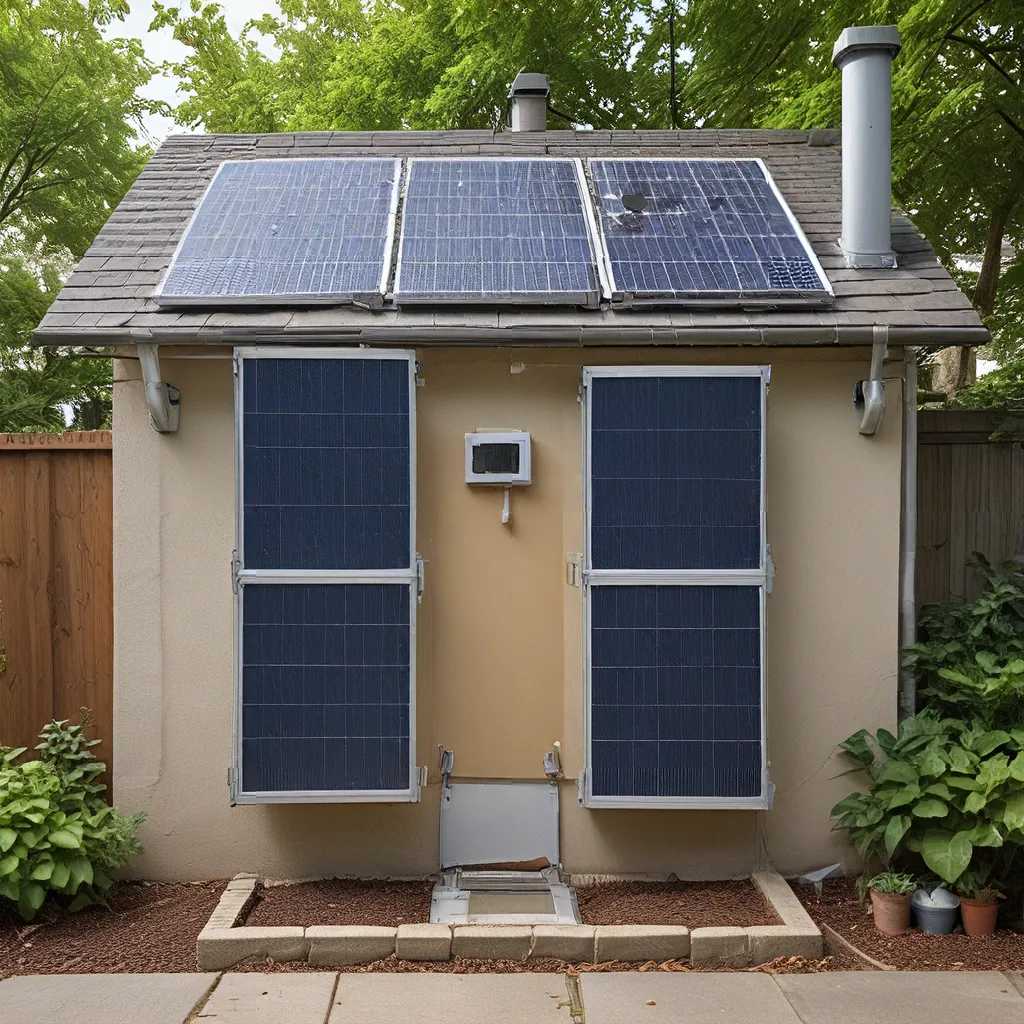
Batteries, Bucks, and Bragging Rights
My partner was over the moon when I finally decided to shelve my solar panel obsession. After months of pouring over system specs, crunching payback calculations, and pestering her with installation updates, I could see the relief wash over her face. Little did she know, I had stumbled upon a new energy-saving rabbit hole – DIY home battery storage.
“Just when she thought she was out, I pulled her back in.” – Michael Corleone, The Godfather Part III
Now, I know what you’re thinking – “This guy’s got wires crossed tighter than a pretzel.” But hear me out. The economics of home battery storage are actually quite compelling, even without the aid of solar panels. And with a bit of elbow grease, you can build a highly capable system for a fraction of the cost of off-the-shelf options.
I’ll walk you through my journey of becoming a DIY battery baron, from crunching the numbers to sourcing components and getting my hands dirty. By the end of this article, you’ll be armed with the knowledge to create your own renewable rewards at home.
The Economics of Energy Storage
Let’s start with the cold, hard cash. As an Octopus Go customer, I’m paying 12p per kWh during the off-peak hours of 12:30 AM to 4:30 AM, and a whopping 40p per kWh the rest of the day. Now, with an annual household consumption of 3,000 kWh and an additional 3,000 kWh for my new electric vehicle, that’s a total of 6,000 kWh per year.
Without any energy storage, my annual electricity bill on the Octopus Go tariff would be £1,560. But by installing a home battery system, I can shift the bulk of my usage to the cheaper off-peak hours, cutting my annual costs to just £720 – a staggering £840 in savings!
Octopus Go w/o Battery: £1,560 per year
Octopus Go with Battery: £720 per year
Savings: £840 per year
Now, I’ve budgeted around £4,000 for this DIY project. Doing the math, that’s a payback period of about 4 years and 9 months. And over the estimated 10-year lifespan of the battery, I’m looking at a total profit of £4,410 – an annual return of 11% on my initial investment.
Of course, there are a few variables to consider, like the future gap between peak and off-peak rates, and the potential for component replacements. But even with a 20% fudge factor, I’m still looking at a respectable £690 in annual savings and a 5.8-year payback period. Not too shabby, if I do say so myself.
Sizing Up the Options
With the financial case firmly established, it was time to dive into the nitty-gritty of battery selection. Off-the-shelf options like the PylonTech US5000 and the GivEnergy battery pack were on the table, but I couldn’t shake the feeling that a DIY approach might offer better value.
After scouring forums and YouTube tutorials, I settled on the Seplos Mason DIY kit as my preferred solution. This all-in-one package includes a 200A battery management system (BMS) and a purpose-built steel enclosure – perfect for someone like me, whose craftsmanship skills are, shall we say, a work in progress.
The key to this DIY build is the battery cells themselves. I opted for 16 high-quality 280Ah Lithium Iron Phosphate (LFP) cells from Fogstar, a reputable UK-based supplier. This gives me a peak capacity of 143 kWh, with 114 kWh of usable storage after applying the industry-standard 10-90% depth of discharge rule.
DIY Battery Capacity: 143 kWh peak, 114 kWh usable
Off-the-Shelf Options:
– PylonTech US5000: 102 kWh peak, 81 kWh usable
– GivEnergy: 95 kWh peak, 79 kWh usable
Compared to the branded options, my DIY battery packs a whopping 20-40% more usable capacity, all for about 75% of the cost. That’s what I call renewable rewards!
Inverting the Situation
With the battery cells and BMS sorted, the next step was finding the right inverter to bridge the gap between my battery’s 48V DC and the 230V AC that powers my home. After weighing the pros and cons of standalone and hybrid options, I settled on the Solis 3kW 5G RAI Energy Storage AC Coupled inverter.
This grid-approved unit can handle the peak power demands of my average household, without the added complexity (and expense) of integrating solar panels. And by tapping into the Solis mobile app, I can monitor my battery’s performance from the comfort of my living room.
Of course, no DIY project is complete without a few extra bits and bobs. A torque wrench for proper cell connections, a DC power supply for cell balancing, and a sturdy dolly to maneuver the 100kg battery casing – these little details add up, but they’re essential for a safe and functional setup.
Solis 3kW 5G RAI Energy Storage Inverter: £720
Torque Wrench: £24
DC Power Supply: £39
Dolly: £17
Flipping the Switch
As I write this, my battery cells are still on order, but the anticipation is palpable. I can practically hear the electrons buzzing, eager to be stored and deployed at my command. Once the final pieces arrive, it’ll be time to don my metaphorical hard hat and get to work.
Plug ‘n Save Energy Products has been an invaluable resource throughout this journey, providing the information and components I need to make my DIY battery dreams a reality. And now, I can’t wait to see the look on my partner’s face when I tell her our electricity bills are about to take a nosedive.
So, are you ready to join me in the renewable rewards revolution? Grab your toolkit, stock up on LFP cells, and let’s show the world that DIY energy storage is the way of the future. The savings (and bragging rights) are too good to pass up.